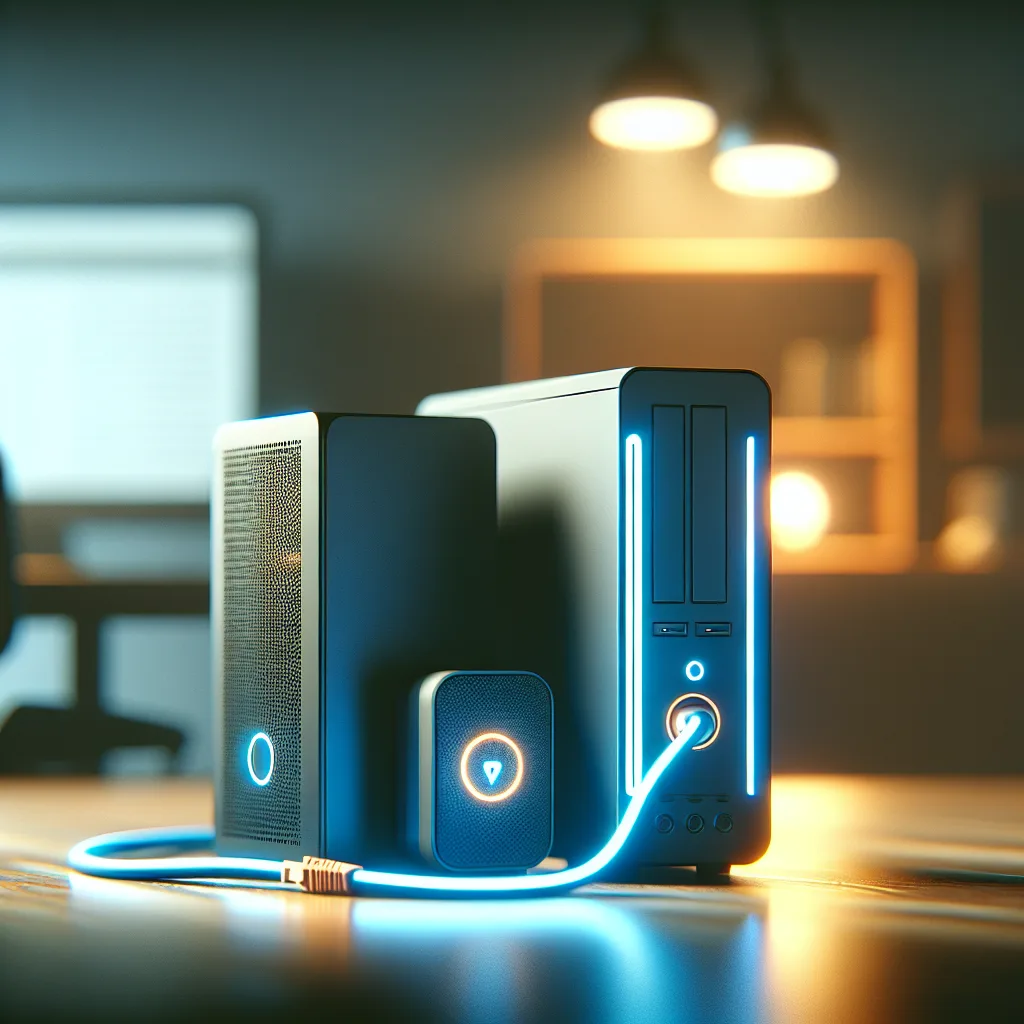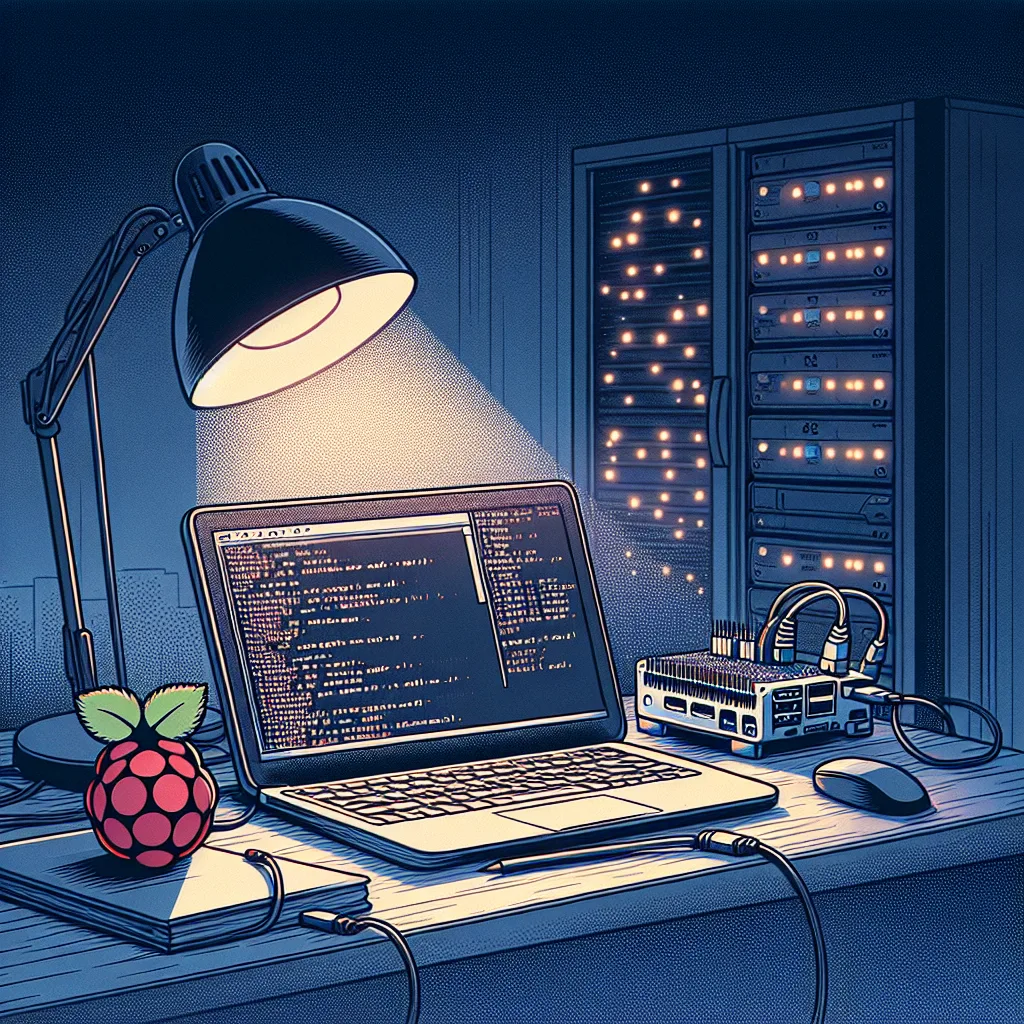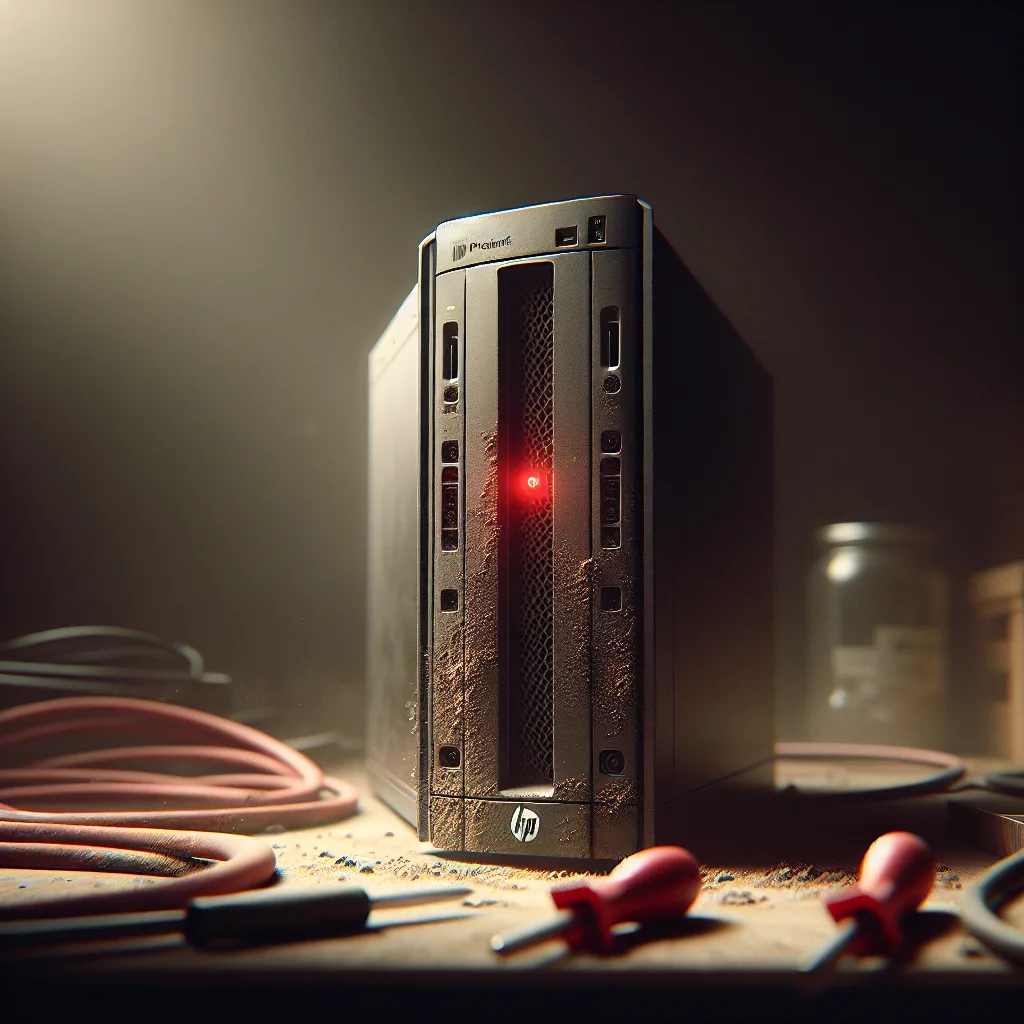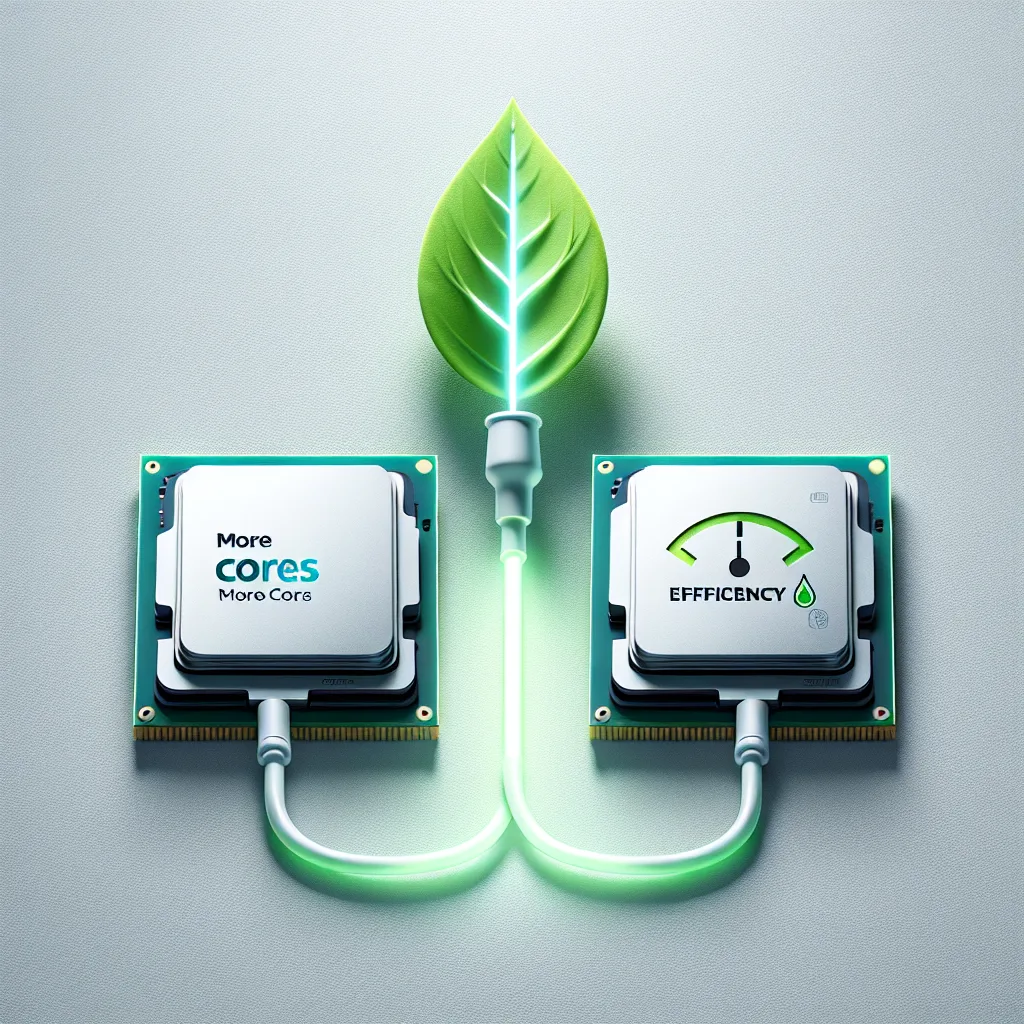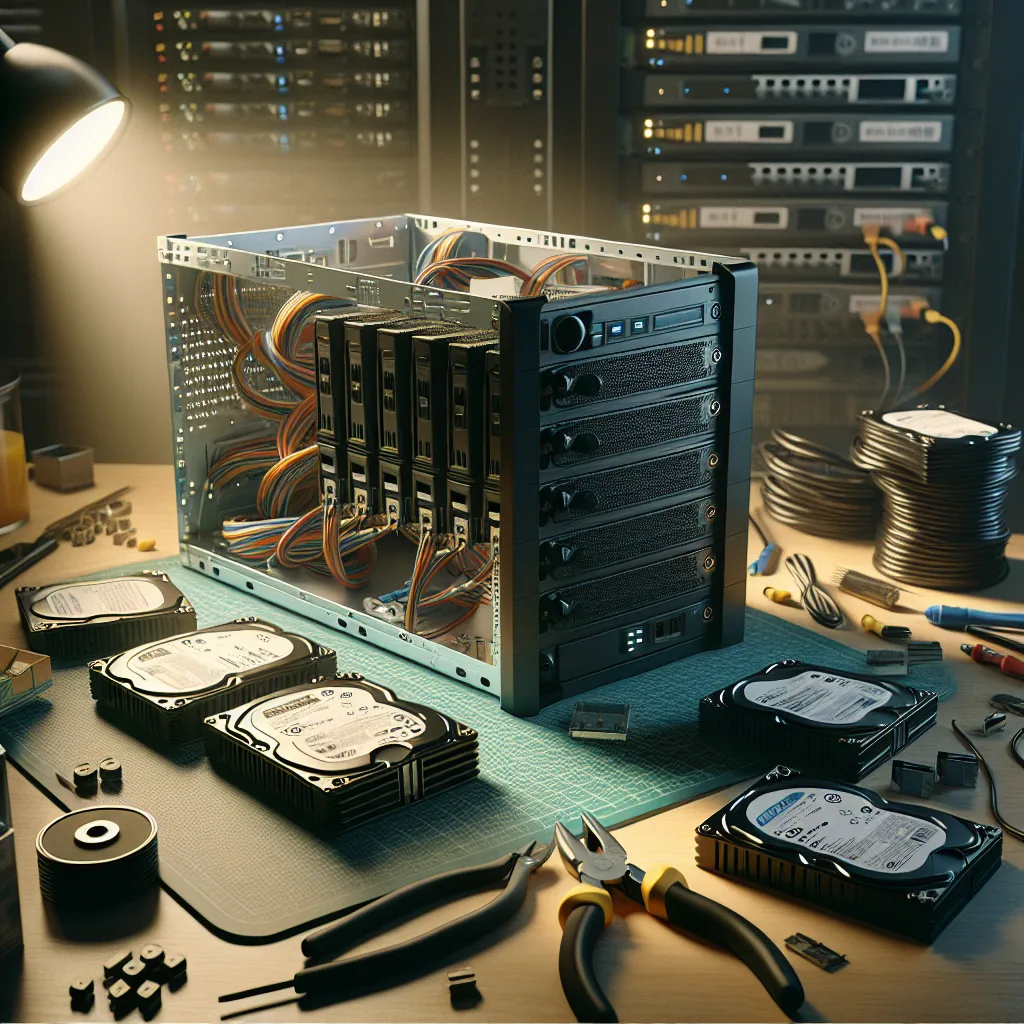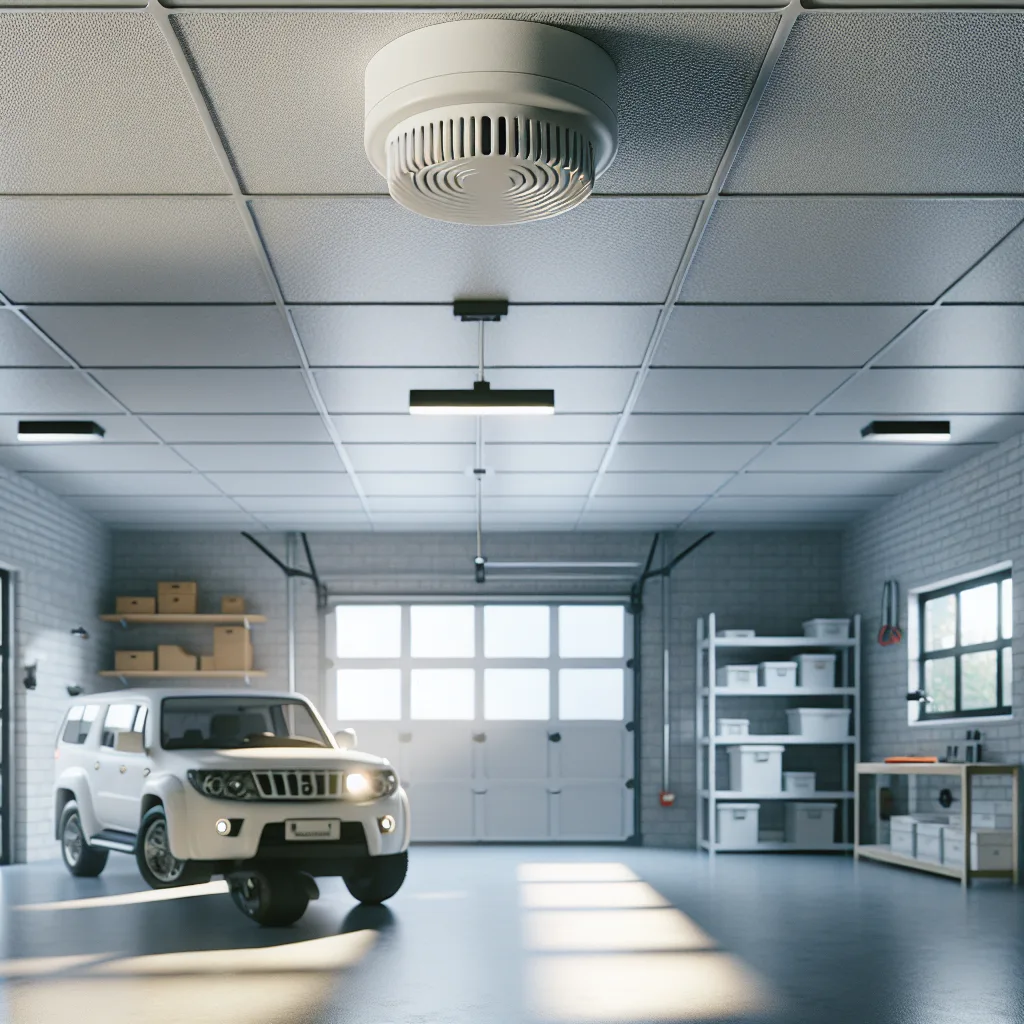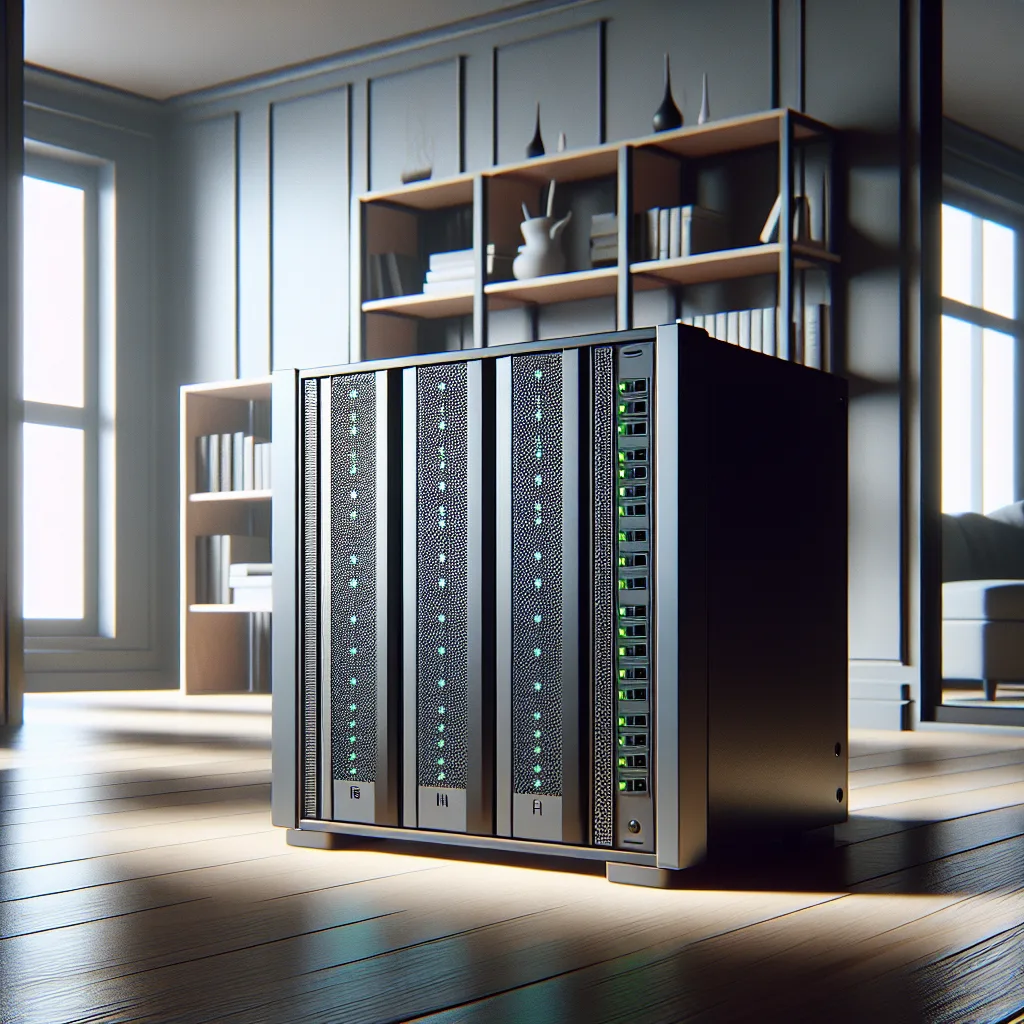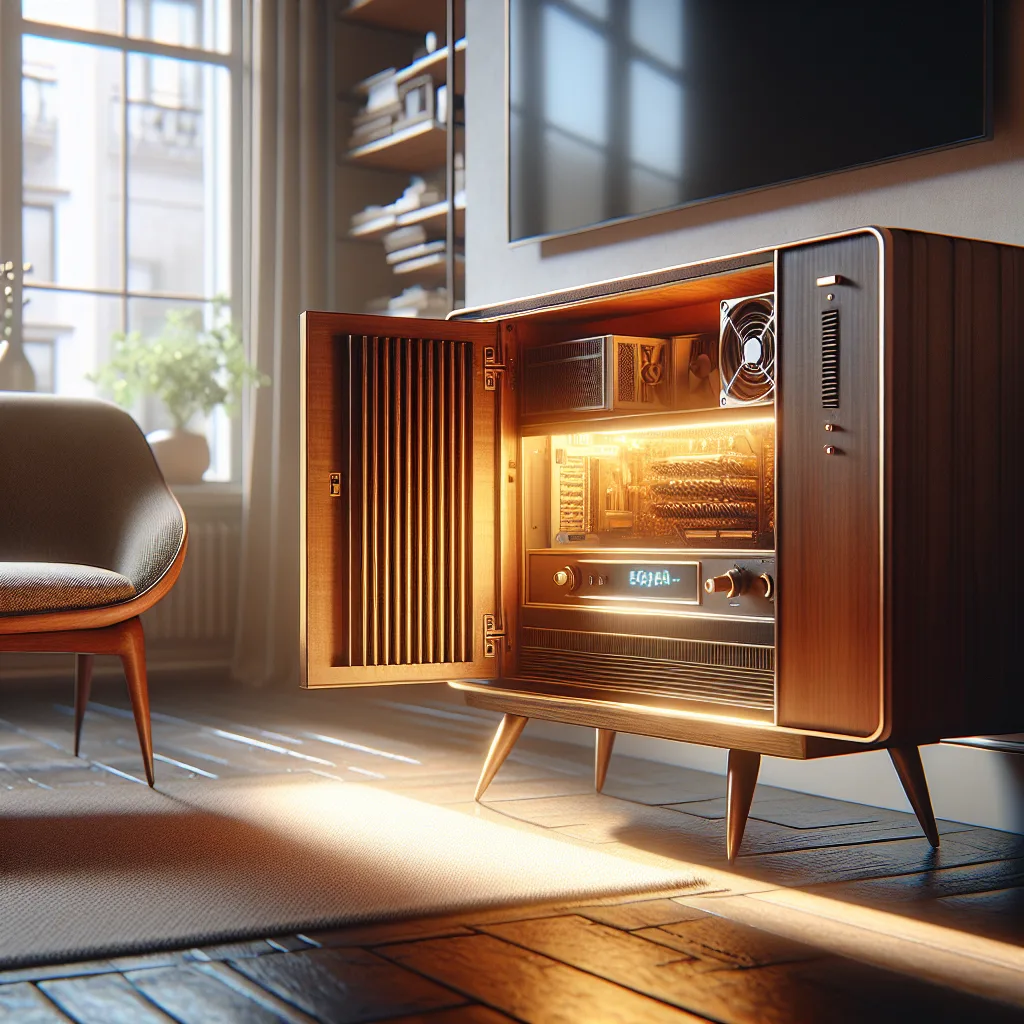Want a powerful home server on a budget? Learn how to combine a new mini PC with your old computer as a NAS for the perfect, efficient setup.
I have an old desktop computer sitting in my closet. You probably do, too. For me, it’s an old Dell tower that saw me through college. It’s slow, it’s big, and it feels wasteful to just throw it away. For a while, it was my makeshift home server, running Plex and a few other things. But it was noisy, power-hungry, and frankly, not very good at it anymore.
Then I started looking at mini PCs. These little boxes are quiet, sip electricity, and pack a surprising punch. This led me to a thought: what if I could get the best of both worlds? What if I used a new mini PC for all the smart stuff, but kept my old computer around for one simple job: holding all my files?
It turns out, this is a fantastic idea. You can absolutely pair a zippy new mini PC with a clunky old desktop, and it might just be the most budget-friendly, common-sense way to build a powerful home server.
The Big Idea: Splitting Brains and Brawn
Think of it like this: your home server does two main things. It runs applications (the “brains”), and it stores files (the “brawn”).
- The Brains: This is stuff like Plex or Jellyfin (for your movie library), game servers, or backup software. These tasks need a decent processor (CPU) to work well, especially Plex when it has to transcode a video file for your phone or tablet. This is the perfect job for a modern mini PC.
- The Brawn: This is just storage. It’s a bunch of hard drives holding your movie and music files. This task doesn’t require a fast processor at all. It just needs to be reliable and accessible. This is the perfect new job for your old computer.
By splitting these jobs between two machines, you get some serious benefits. Your 24/7 server (the mini PC) uses way less electricity, and you get a much faster, smoother experience for your apps. All while reusing hardware you already own.
So, How Does This Actually Work?
The setup is simpler than you might think. We’re essentially turning the old PC into a Network Attached Storage, or NAS for short. A NAS is just a computer whose only job is to serve files to other devices on your home network.
When you want to watch a movie, the process looks like this:
- You open Plex on your TV.
- Your TV tells your mini PC (where Plex is running) to play the file.
- The mini PC says, “Okay, I need that file.” It then requests it from your old PC over your home network.
- The old PC finds the movie file on its hard drive and sends it back to the mini PC.
- The mini PC streams it to your TV.
The key to making this fast and seamless is your home network. You absolutely want to have both computers plugged directly into your router with Ethernet cables. Don’t try to do this over Wi-Fi. A standard gigabit wired network is more than fast enough to handle even high-quality 4K movie files.
Your Two Paths to a DIY NAS
Okay, you’re sold on the idea. How do you actually turn that old machine into a file-hoarding workhorse? You’ve got two main options.
1. The Super Simple Way: A Windows Share
This is the path of least resistance. You don’t have to install any new software on your old PC.
- Just gather all your media files into a single main folder (e.g.,
D:\Media). - Right-click on that folder, go to “Properties,” then the “Sharing” tab, and set it up as a network share.
- That’s it. Your mini PC can now see and access this folder over the network.
2. The “Proper” Way: A Dedicated NAS Operating System
This approach takes a little more work but gives you a much more powerful and robust solution. You’ll wipe the old computer and install a free operating system designed specifically for being a NAS.
Two popular choices are TrueNAS CORE and OpenMediaVault (OMV).
These tools give you a clean web interface to manage your drives, check on their health, and set up advanced features (like RAID, which protects you from a single hard drive failure). It’s the more professional route, and it’s what I’d recommend if you’re feeling a bit adventurous.
Putting It All Together
Once you have your old PC set up as a NAS (using either method), the final step is to make that storage easily accessible on your mini PC.
On your mini PC (assuming it’s running Windows), you’ll want to “map” the network drive. This makes the storage on your old PC show up as if it were a local drive. You’d open File Explorer, go to “This PC,” and find the “Map network drive” option. You can assign it a letter like M: (for Media), and point it to the network share you created.
Now, just tell your applications where to find everything. In Plex, you’ll add a new library and point it to your shiny new M: drive.
And you’re done. You’ve successfully upgraded your home server, saved a bunch of money, and given that old computer a useful new lease on life. It’s a win-win-win.
